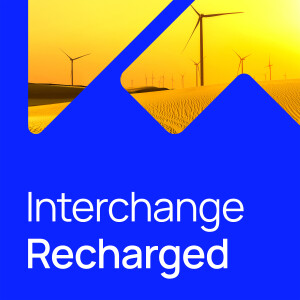
Uber and Lyft are now public — and now under more investor pressure to expand quickly. What does that mean for energy use and carbon emissions as more cars hit the roads?
Multiple new studies show that these transportation networking companies are causing more traffic and pulling people away from public transit. Meanwhile, cities and states are trying to clean up those fleets by promoting electrification.
Will we be able to clean up ride-hailing fleets fast enough?
This week, in honor of the Uber and Lyft IPOs, we are looking at the negative and positive consequences of ride hailing.
Recommended reading:
GTM: Electric Ridesharing Benefits the Grid, and EVgo Has the Data to Prove ItPBS: Why is Your Uber or Lyft Stuck in Traffic? Most lLikely bBecause of Uber and LyftSchaller Consulting: Lyft, Uber and the Future of American CitiStreets Blog: Uber and Lyft Caused U.S. Transit DeclineSupport for this podcast comes from PG&E. Did you know that 20 percent of EV drivers in the U.S. are in PG&E’s service area in Northern California? PG&E is helping to electrify corporate fleet vehicles. Get in touch with PG&E’s EV specialists to find out how you can take your transportation fleet electric.
We're also sponsored by Wunder Capital. Wunder Capital is the leading commercial solar financing company in the United States. Click here to find out how Wunder Capital can help you finance your next commercial solar project.
Subscribe to The Interchange podcast via Apple Podcasts, Google Podcasts, Stitcher, Spotify or wherever you find your audio content. Or integrate our RSS feed into the app of your choice.
More Episodes
 2023-05-26
2023-05-26
 2022-12-23
2022-12-23
 2022-11-25
2022-11-25
 2022-10-28
2022-10-28
Create your
podcast in
minutes
- Full-featured podcast site
- Unlimited storage and bandwidth
- Comprehensive podcast stats
- Distribute to Apple Podcasts, Spotify, and more
- Make money with your podcast
It is Free
- Privacy Policy
- Cookie Policy
- Terms of Use
- Consent Preferences
- Copyright © 2015-2024 Podbean.com





